Mad Hedge Biotech and Healthcare Letter
November 12, 2024
Fiat Lux
Featured Trade:
(BONE OF CONTENTION)
(AMGN), (NVO), (LLY), (PFE), (VKTX), (GPCR), (AZN)
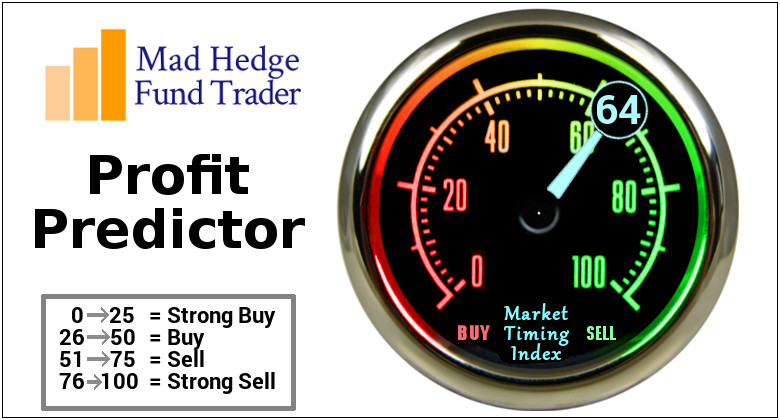
Mad Hedge Biotech and Healthcare Letter
November 12, 2024
Fiat Lux
Featured Trade:
(BONE OF CONTENTION)
(AMGN), (NVO), (LLY), (PFE), (VKTX), (GPCR), (AZN)

Mad Hedge Biotech and Healthcare Letter
November 12, 2024
Fiat Lux
Featured Trade:
(MEDTECH’S TRUMP CARD)
(RMD), (STE), (TNDM), (JNJ), (BDX), (MDT), (BSX), (SYK), (ZBH)
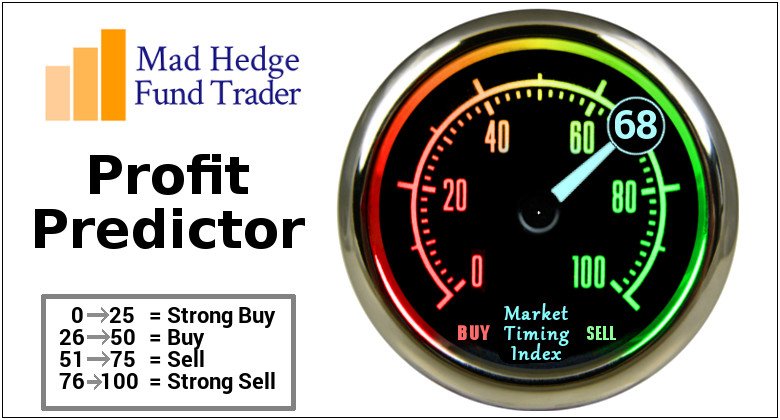
After seeing Trump sweep back into office, my phone's been ringing off the hook with one question: "What happens to my portfolio now?"
Look, I've been around this circus since covering Reagan in the White House press corps, and I can tell you that market hysteria rarely matches reality.
But this time, we need to pay attention - especially in the $567 billion medtech industry that's about to face some serious disruption.
What's different now? Trump's not just talking about those 10% to 20% blanket tariffs anymore - he's dead serious about slapping a potential 60% tariff on Chinese imports.
And after spending years watching supply chains twist themselves into pretzels during COVID, this is going to hit different.
To understand just how big this could be, let's look at what's really at stake here.
In vitro diagnostics makes up 18% of the medtech industry, and cardiology devices are sitting at $75 billion in 2024, expected to hit $95 billion by 2028.
Those aren't just numbers on a page - they represent real money that could take a serious hit. If these tariffs go through, we're looking at a 3.2% hit to S&P 500 earnings per share in 2025.
And it gets worse - add another 1.5% drop if our trading partners decide to play hardball with retaliatory tariffs.
Given all this, where should you put your money? The answer lies in looking at who's already ahead of the curve.
Well, established players like Johnson & Johnson (JNJ) and Becton Dickinson and Co. (BDX) are looking increasingly shrewd with their local-for-local manufacturing strategy.
They might not give you the same adrenaline rush as scaling Mount Everest, but they're solid holds in this environment.
But they’re not the only companies securing their positions. ResMed (RMD), for instance, just posted third-quarter sales up 11% to $1.22 billion, with adjusted earnings jumping 34% to $2.20 per share.
That's not just good numbers - that's a company that knows how to execute regardless of who's in the White House.
In the same vein, Steris deserves attention. Their "front-shoring" strategy in Malaysia isn't just smart - it's prescient. After years of covering Asia for The Economist, I can spot smart positioning when I see it.
Now, let's talk about some of the bigger players in the room. Medtronic (MDT), our industry giant, is giving me pause.
Sure, they're a global leader, but their heavy reliance on Chinese manufacturing and components is about to become a serious headache under these new tariffs.
Same story with Boston Scientific (BSX) - they've got manufacturing facilities in China that could turn from assets to liabilities pretty quickly.
Stryker (SYK) and Zimmer Biomet (ZBH) are in the same boat, but with a twist. Both companies have been smart enough to spread their supply chains globally, but they're still catching enough Chinese exposure to make me nervous.
When those tariffs hit their component costs, watch their margins. This isn't just about bottom lines - it's about how much wiggle room these companies have to absorb higher costs without passing them on to hospitals and patients.
On the flip side, I'm watching companies like Tandem Diabetes Care (TNDM) with growing concern.
Their heavy Asian supply chain exposure under Trump's trade policies is going to be about as comfortable as my MIG-25 flight at 90,000 feet - and trust me, that wasn't comfortable at all.
But, what’s really telling is where the smart money is flowing.
Keep your eyes on three key trends that are reshaping the industry: supply chain resilience, M&A activity (now up 18% to $57.7 billion), and digital transformation.
About 30% of medtech companies are getting serious about digitizing their operations - and they're the ones to watch.
So, here's my bottom line: Trump's return is going to shake up medtech, but not every tremor is an earthquake.
The winners in this new landscape will be companies that have already diversified their manufacturing outside China, built up strong balance sheets to absorb these tariff impacts, and proven they can adapt - like ResMed and Steris have shown us.
The real champions will be those making serious investments in digital transformation. These are the companies that won't just survive Trump's trade policies - they'll thrive under them.
And if you're still holding onto companies with heavy Chinese exposure?
Well, let's just say it might be time to look for higher ground - and I'm speaking as someone who's made that call at both 20,000 feet on Everest and during the 2008 crash.
The medtech industry isn't going anywhere - people will always need medical devices. But which companies thrive under Trump's second term? That's going to depend on who's prepared for the storm and who's still standing in the open.
Now, if you'll excuse me, I've got some vintage wine to open. Making sense of these markets is thirsty work.

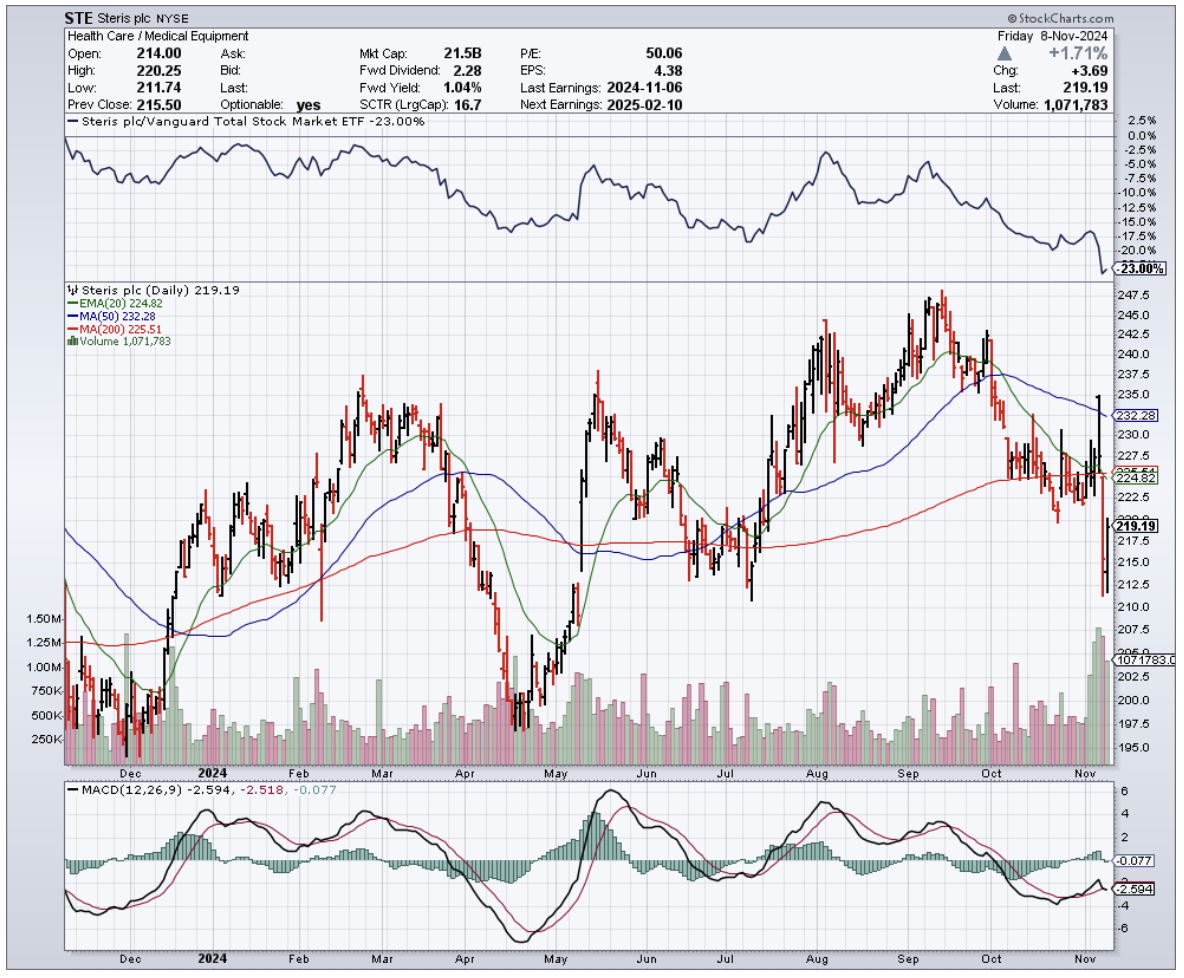
Mad Hedge Biotech and Healthcare Letter
October 22, 2024
Fiat Lux
Featured Trade:
(TICK TALK)
(AAPL), (ABT), (BSX), (MDT), (RMD), (INSP), (DXCM), (PODD)
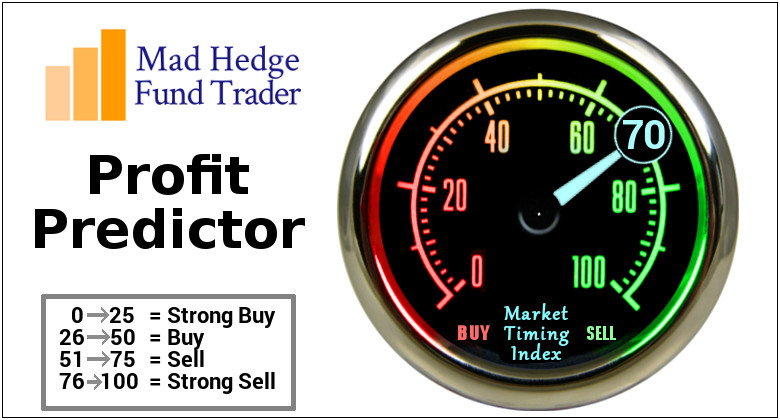
While waiting two hours to vote at the Incline Village Library this weekend, I counted the number of smartwatches in the line.
Seemed like everyone was checking their heart rates in the cold. One woman's Apple Watch even suggested she sit down after standing too long in the 40-degree weather.
That got me thinking about the billions flowing into medical wearables - and where that money should really be going instead.
Let's start with some sobering numbers about atrial fibrillation (AFib), the crown jewel of smartwatch detection capabilities.
Yes, Apple's (AAPL) 2020 study showed their watches can detect 84% of AFib cases during monitoring sessions. Sounds impressive, until you dig deeper.
Of the 50 million Americans wearing smartwatches, these devices identify only about 5,000 new AFib cases annually - a mere 0.083% of the 6 million Americans affected by the condition.
Plus, the real money tells a different story. The U.S. performs 250,000 ablation procedures yearly, creating a $3.2 billion market growing at 10% annually.
Abbott Laboratories (ABT), Boston Scientific (BSX), and Medtronic (MDT) dominate this space, with combined annual revenues of $12.4 billion from their cardiac rhythm management divisions alone.
Those 5,000 smartwatch-detected cases? They represent just 2% of annual ablation procedures. Not exactly the revolution we've been promised.
The story doesn't improve when we look at sleep apnea detection.
While Apple and Samsung tout their sleep-monitoring capabilities, their watches identify only about 60,000 of the 2 million new sleep apnea cases diagnosed yearly - that's 3% of new diagnoses.
Meanwhile, ResMed (RMD) and Inspire Medical Systems (INSP) generated combined revenues of $4.8 billion last year from sleep apnea treatments.
The smartwatch contribution to their patient pipeline is barely a rounding error.
Still, it’s not like this sector is a complete waste. The global smartwatch market stands at $58 billion and is projected to reach $98 billion by 2027, growing at 10.5% annually. Impressive, until you compare it to the traditional medical device market: $495 billion, reaching $718 billion by 2029.
The cardiac monitoring device segment alone represents $24.5 billion, expanding at 6.9% annually.
More importantly, traditional medical device companies are growing their revenues faster than smartwatch detection is adding to their patient base.
But, like I said, don't write off the sector entirely. The next generation of smartwatches promises some intriguing possibilities.
Continuous blood pressure monitoring could tap into a $23 billion market.
Non-invasive glucose tracking might crack the $28 billion diabetes monitoring space by 2027.
Enhanced sleep diagnostics could open up another $12.8 billion in opportunities.
So what's the smart play here?
Near term, keep your focus on established leaders like Abbott and Medtronic. Their upcoming Q4 earnings reports will tell us more about traditional patient acquisition trends than any smartwatch sales figures.
Watch for FDA clearances too - Abbott's new cardiac mapping system, expected in Q1 2025, could be a game-changer.
Looking out 12-24 months, keep your eye on companies like Dexcom (DXCM) and Insulet (PODD) as glucose monitoring moves mainstream.
ResMed's new sleep diagnostic platforms, launching mid-2025, could redefine how we think about sleep medicine.
Meanwhile, Boston Scientific's push into AI-enhanced cardiac monitoring might just bridge the gap between consumer tech and serious medical devices.
For long-term thinkers, watch for companies developing hybrid solutions that combine traditional devices with consumer tech.
The real breakthrough will come when medical device makers start acquiring wearable technology companies. That's when you'll know the revolution is real.
Remember, following the patient flow matters more than following the hype flow. Just like timing your visit to avoid a two-hour voting line, timing in the market is everything.
And right now, the time is right for medical device stocks, not their flashier smartwatch cousins.
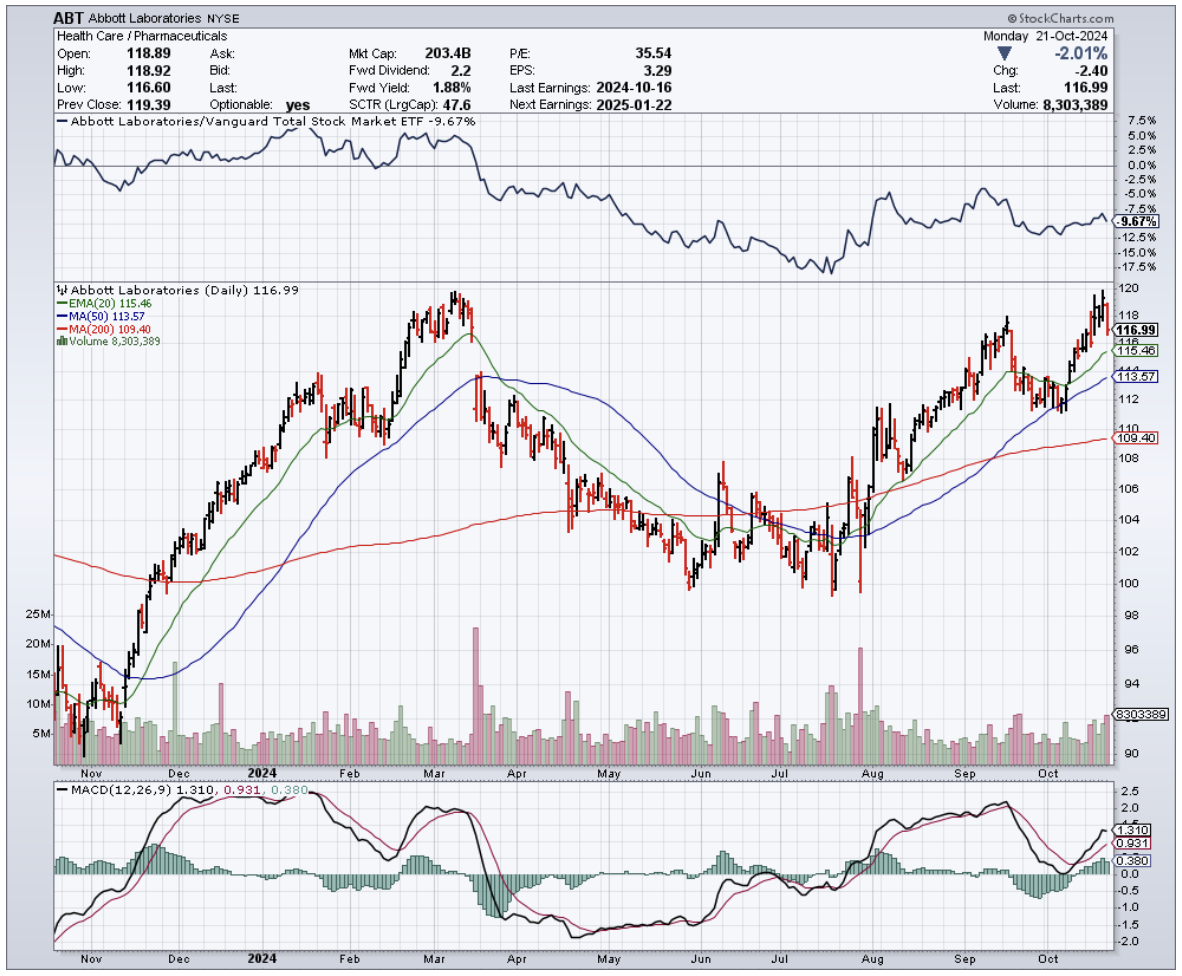
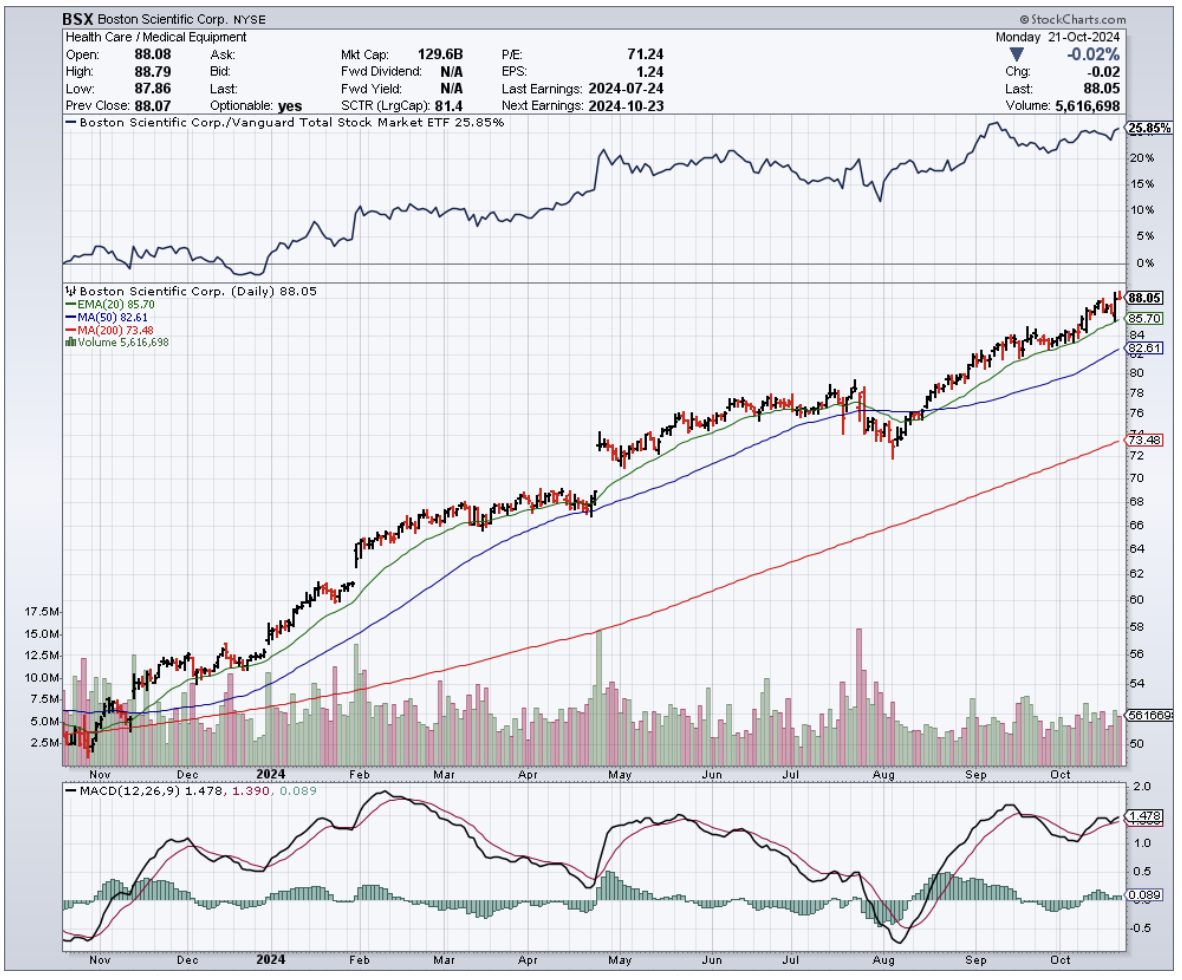
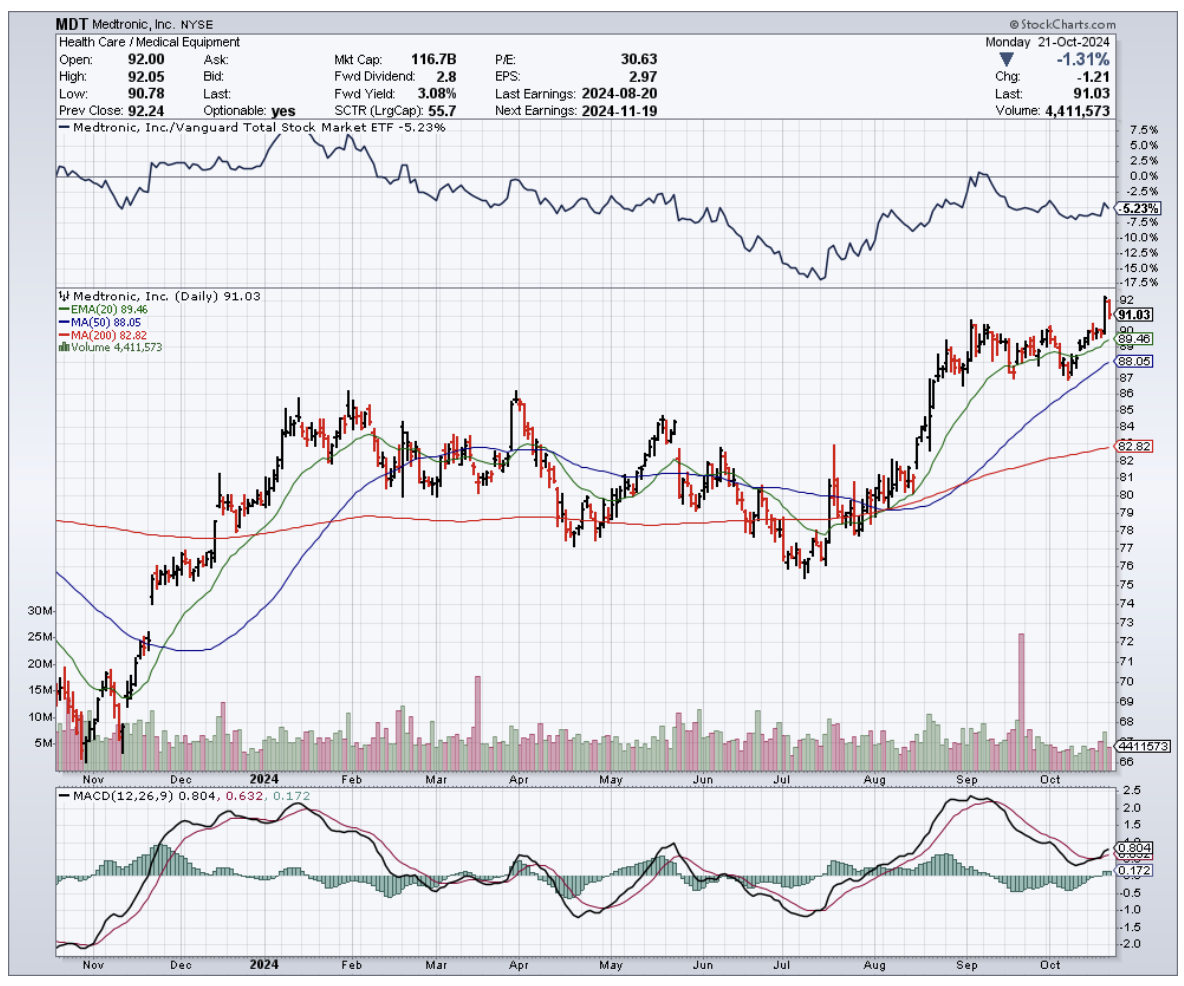
Mad Hedge Biotech and Healthcare Letter
September 28, 2023
Fiat Lux
Featured Trade:
(TIPPING THE SCALES)
(NVO), (LLY), (PODD), (TNDM), (DXCM), (RMD), (INSP), (MDGL), (ISRG), (AKRO), (ETNB)

The pharmaceutical world is buzzing, and it’s all thanks to the groundbreaking obesity drugs from Novo Nordisk (NVO) and Eli Lilly (LLY). In my previous newsletter, I delved into the massive potential of these new treatments, and it sparked a flurry of discussions. So, this time, I want to peel back the layers and explore how these advancements affect other companies within the same market.
After all, their emergence creates a paradoxical narrative, a dance of shadows and lumens. These drugs, renowned as the modern panacea for the obesity crisis, have catapulted the companies behind them into unprecedented valuations, making them luminaries in a market awash with investors hungry for the next big thing.
The enthusiasm surrounding these drugs is not unfounded; they are pivotal in treating type 2 diabetes and are seen as the desperately needed solution to the widespread obesity crisis. The groundbreaking medications introduced by Novo Nordisk and Lilly are enabling individuals to lose approximately 15% to 20% of their body weight, with Wall Street anticipating the combined annual sales of these revolutionary drugs to surpass $40 billion by the close of this decade.
However, the shadows of GLP-1s cast a contrasting pallor on companies that burgeoned in tandem with America’s expanding waistlines.
Firms like Insulet (PODD) and Tandem Diabetes Care (TNDM) are witnessing a decline of 40% and 50% in their values this year, respectively.
Similarly, DexCom (DXCM), the frontrunner in glucose monitoring, has experienced a 16% dip, and ResMed (RMD), the stalwart in CPAP machines treating sleep apnea, has seen its stock plummet by 30%. Inspire Medical Systems (INSP) and Madrigal Pharmaceuticals (MDGL) have also encountered significant drops in their shares.
These companies, once the darlings of the medical stock market due to their escalating sales growth, are now facing the brunt of a shifting investor focus. This is because the investment community is envisioning a future with a reduced prevalence of diabetes and sleep apnea and is consequently retracting their stakes in these stocks, leaving companies and investors navigating through a sea of uncertainties.
By early spring, the potential impact of widespread GLP-1 usage became the focal point of strategic discussions at numerous hedge funds. That led to a shift as some started withdrawing from stocks like DexCom and Madrigal, subsequently opting to short-sell these shares. The broader market tuned in this summer.
A case in point is Intuitive Surgical (ISRG), a leader in surgical robotics, which noted during its earnings call that a preference for trying GLP-1s was leading to a deferment in weight-loss surgeries. Although these procedures constitute a minor segment of robotic surgeries, they have been instrumental in driving Intuitive’s growth.
GLP-1s have also affected the demand for insulin injections. Recently, endocrinologists have suggested that GLP-1s could potentially delay the transition to insulin for a significant portion of Type 2 patients. This revelation triggered a recalibration of sales forecasts and stock price targets, with Insulet experiencing a downgrade in both target price and rating.
Meanwhile, the growth prospects of glucose monitor manufacturer DexCom in the Type 2 market remain positive. The integration of glucose monitors with GLP-1s is anticipated to become a prevalent trend among diabetic patients. Despite a temporary rally in DexCom stock, the lingering question remains whether the expanding use of GLP-1s will eventually reduce the demand for glucose monitoring.
Vendors of sleep apnea devices, such as ResMed and Inspire Medical, are also conveying to investors the minimal impact of GLP-1s on their markets. However, the debate continues on the intrinsic link between obesity and sleep apnea and the potential repercussions of GLP-1s on the entire sleep apnea spectrum. As market dynamics continue to shift and the ripple effects of GLP-1s become the focal point of discussions, more and more questions about the future landscape of obesity-associated medtechs arise.
The positive developments in GLP-1s have also cast a shadow over another sector: liver medications.
In June, revelations about Lilly's investigational drug, retatrutide, sent ripples through the sector. The drug not only facilitated a 24% weight reduction in subjects but also significantly diminished fat levels in their livers. This development impacted the stock values of companies like Madrigal Pharmaceuticals, Akero Therapeutics (AKRO), and 89bio (ETNB), pioneers in crafting remedies for the fatty liver condition known as NASH. While it remains to be seen how much these stocks will fall, it’s evident that their decline has already started.
The market is a tumultuous sea of uncertainties, with companies and investors meticulously navigating the evolving dynamics. For the astute investor, the key is to learn how to strike a balance between the old and the new.
The allure of GLP-1s might lead to a reevaluation of the medtech sector’s prospects, but companies like Insulet, ResMed, and Inspire still hold resilience in a GLP-1-dominated landscape.
Ultimately, it’s about understanding the intricate push and pull of shadows and light. The wise investor doesn’t just follow the light; they also understand the shadows, learning to see the opportunities lurking within.
So, delve deep, recalibrate your strategies, and remember, the paradox is not a roadblock; it’s a guidepost to new horizons in pharmaceutical innovation.
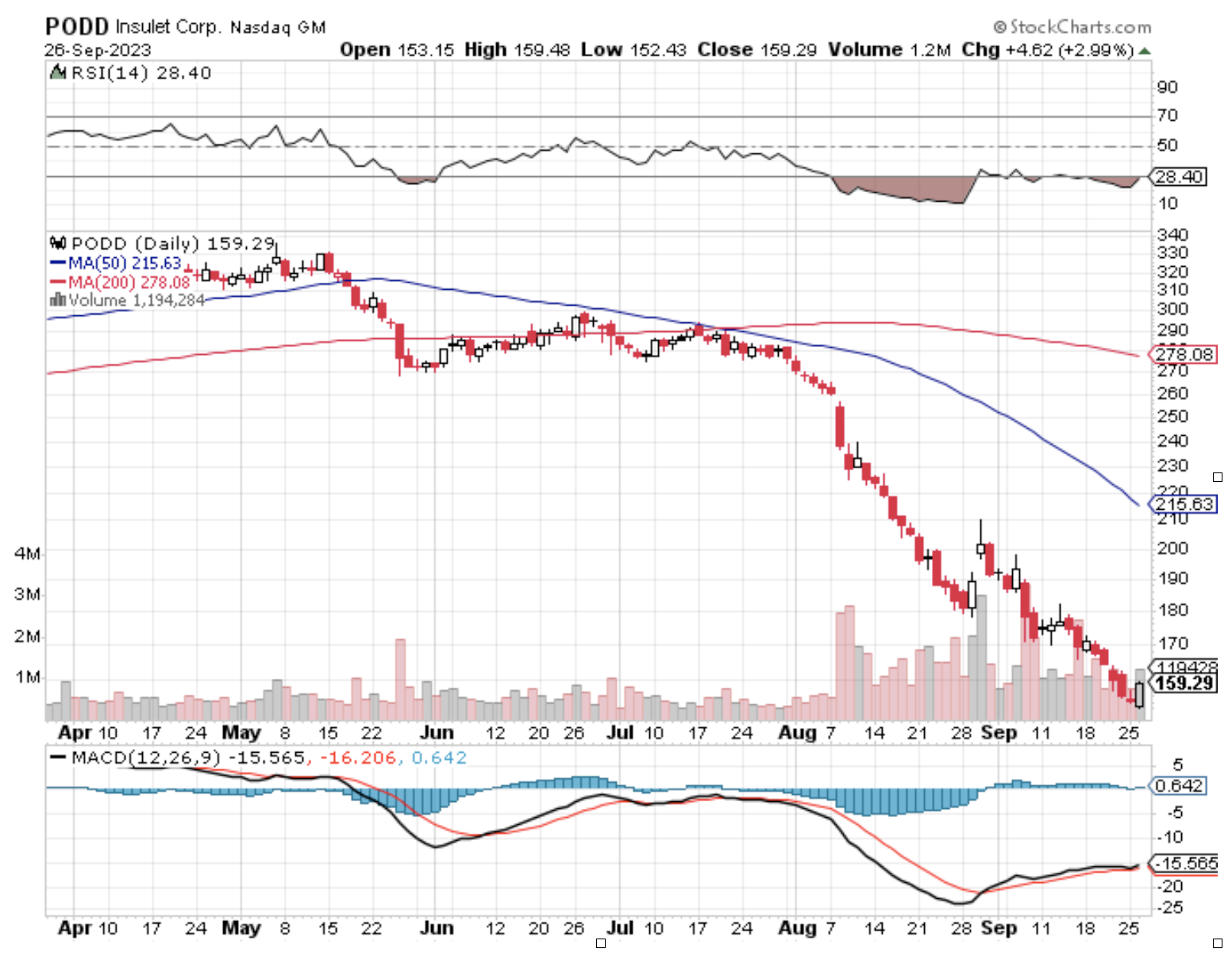
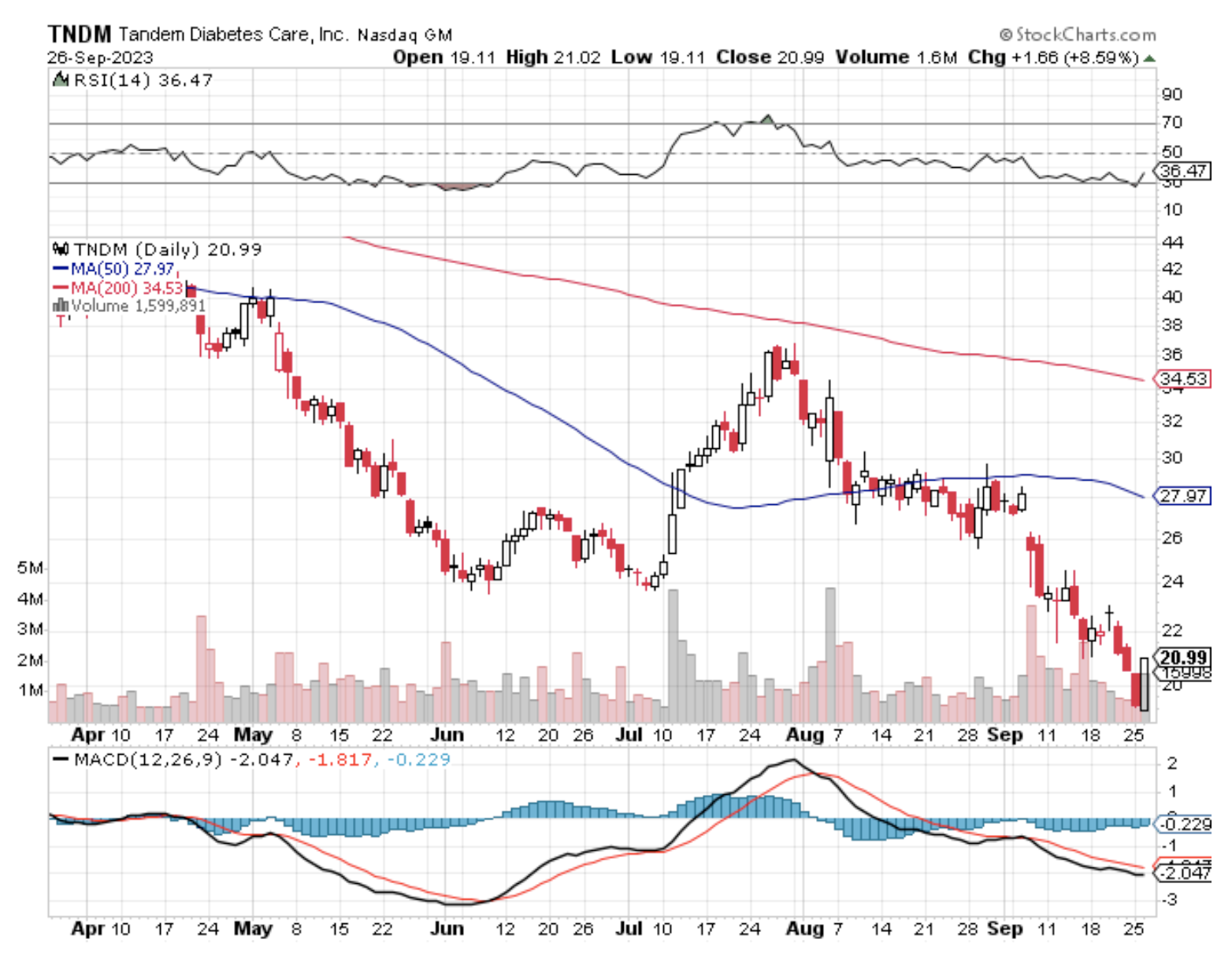
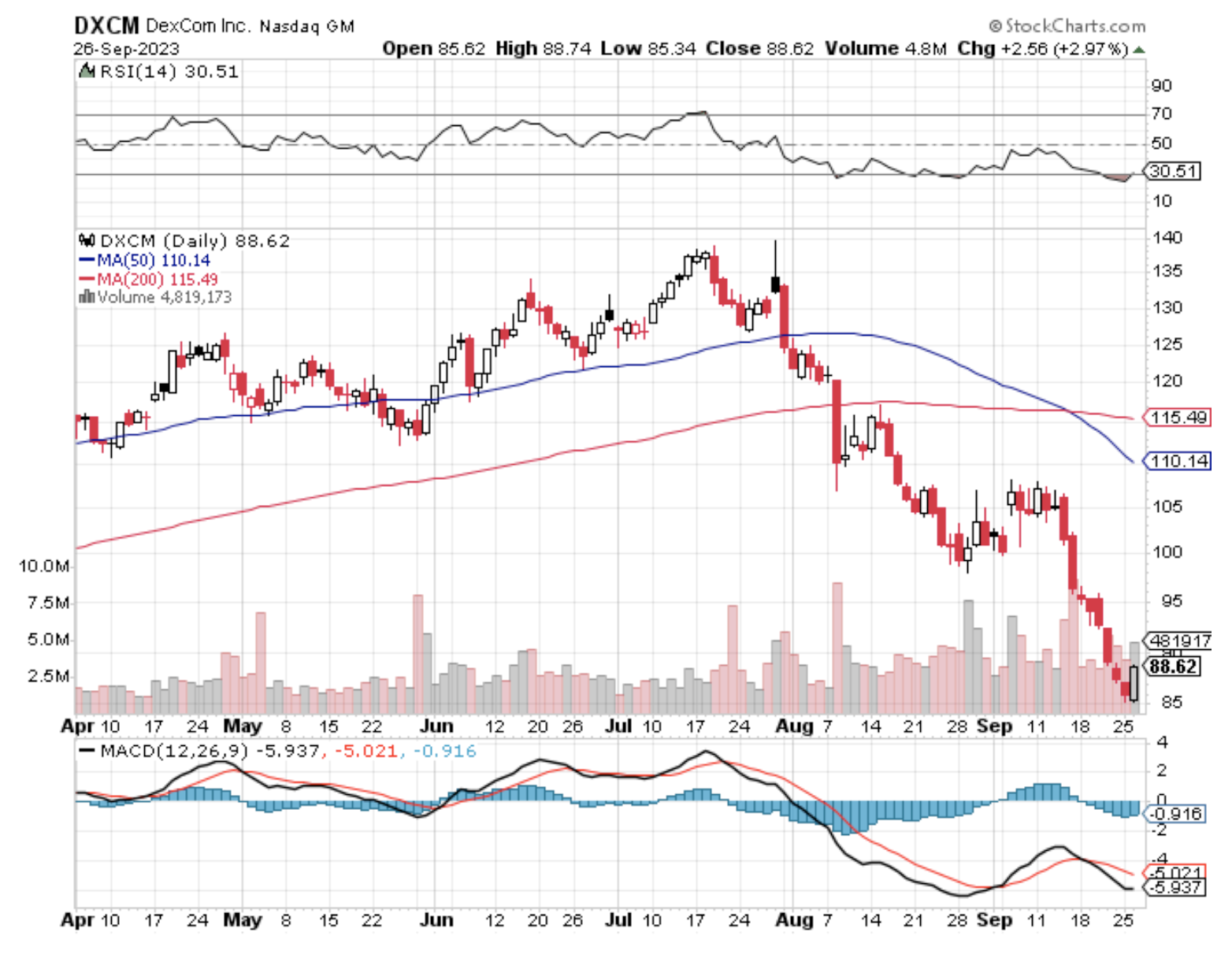
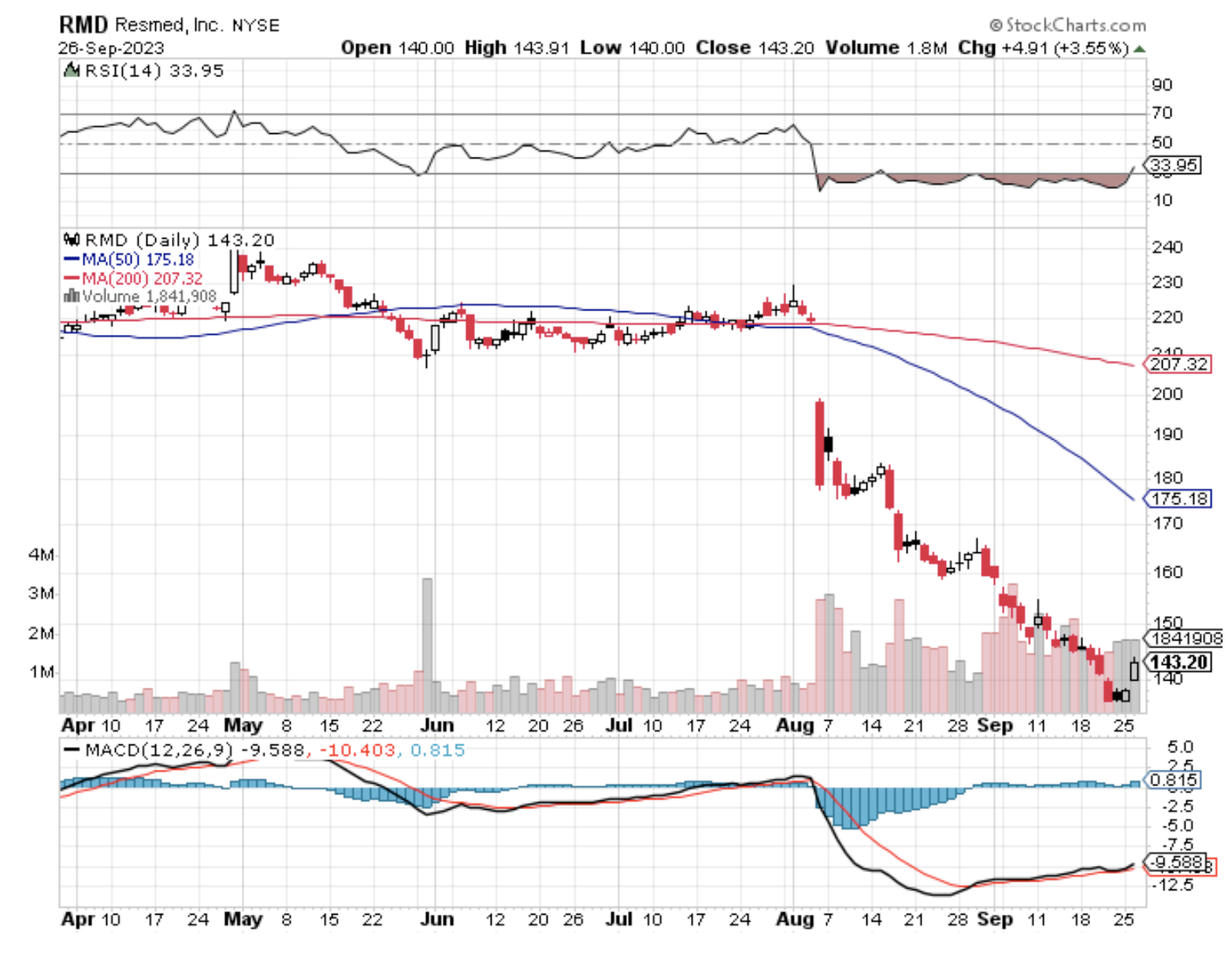
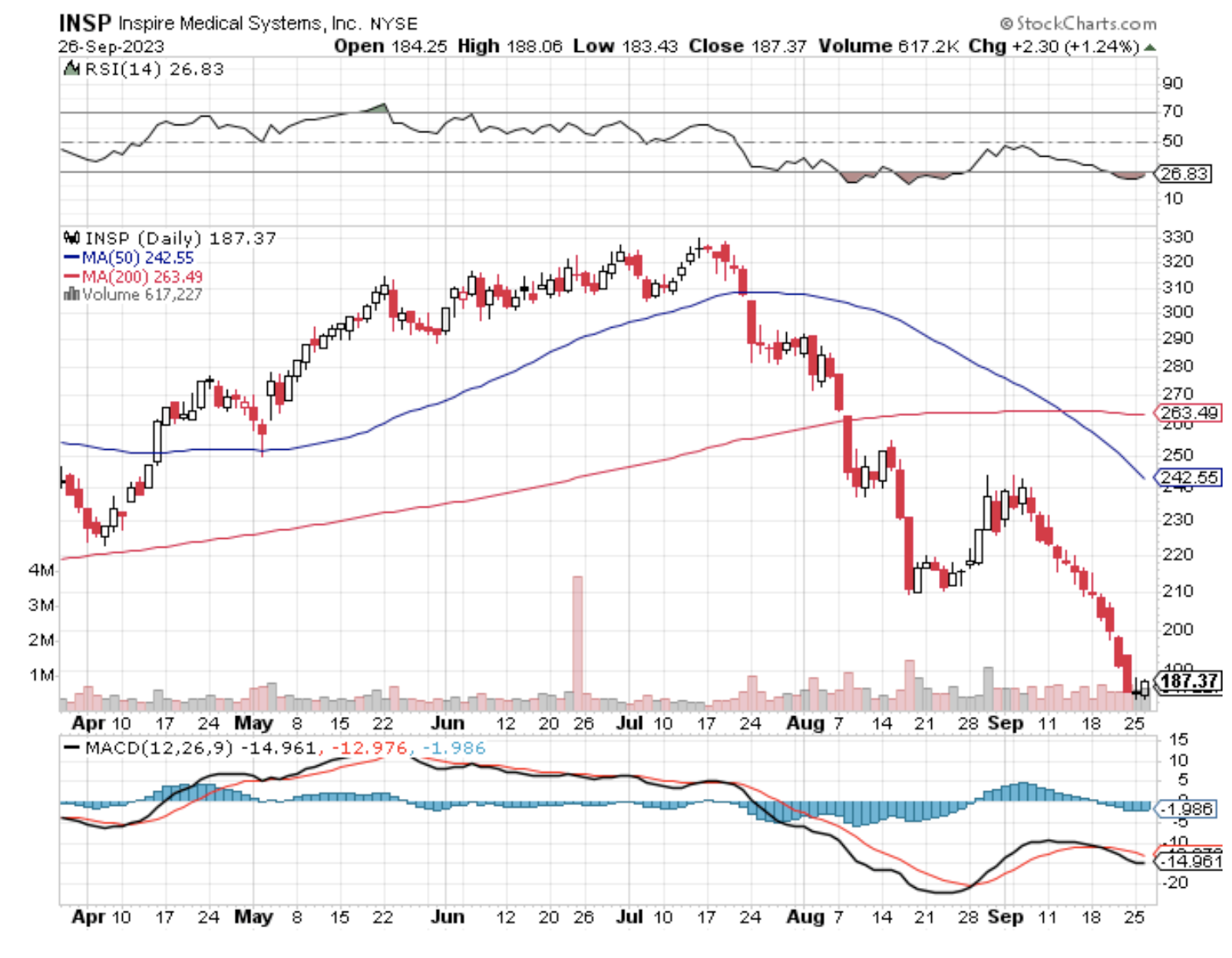
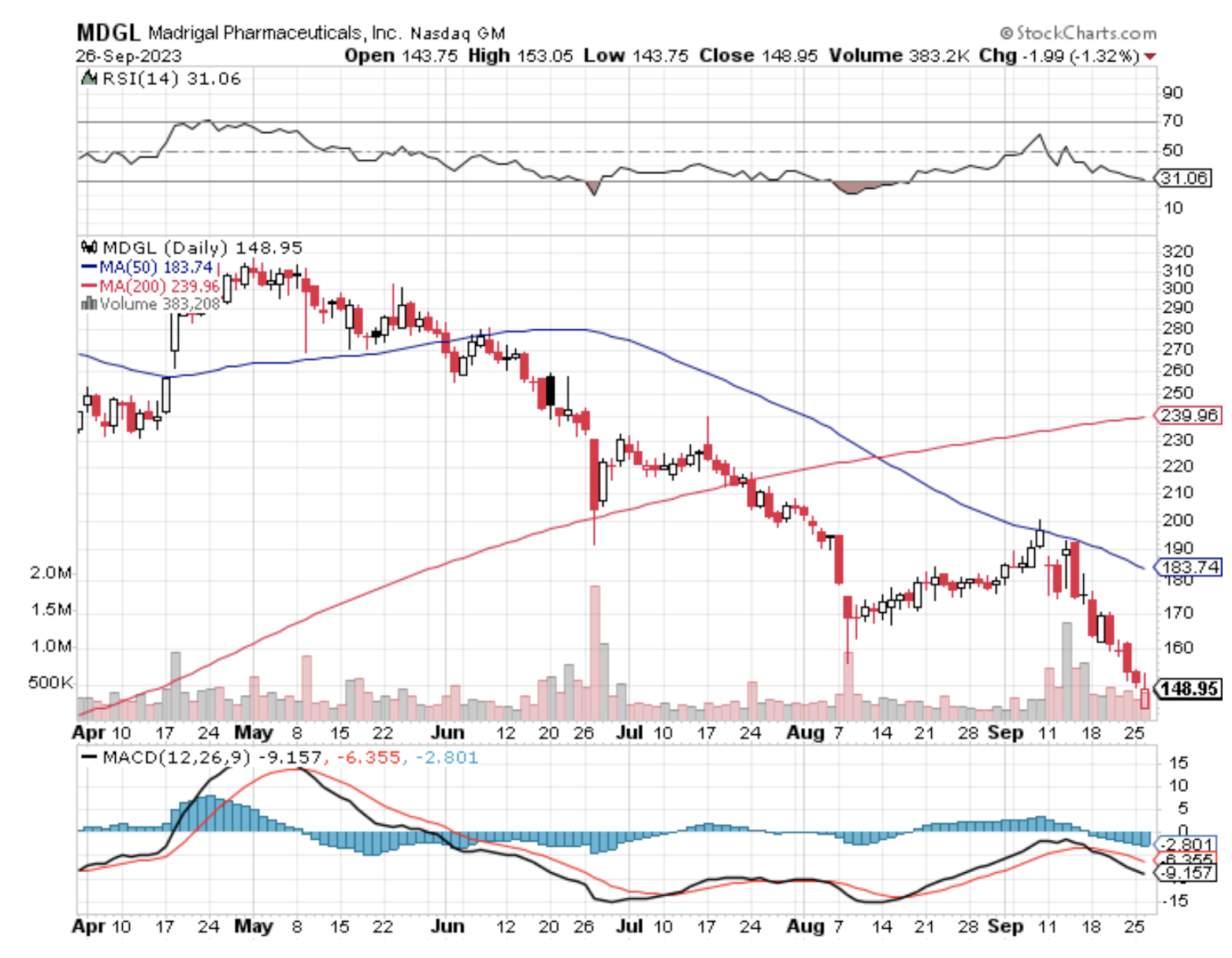
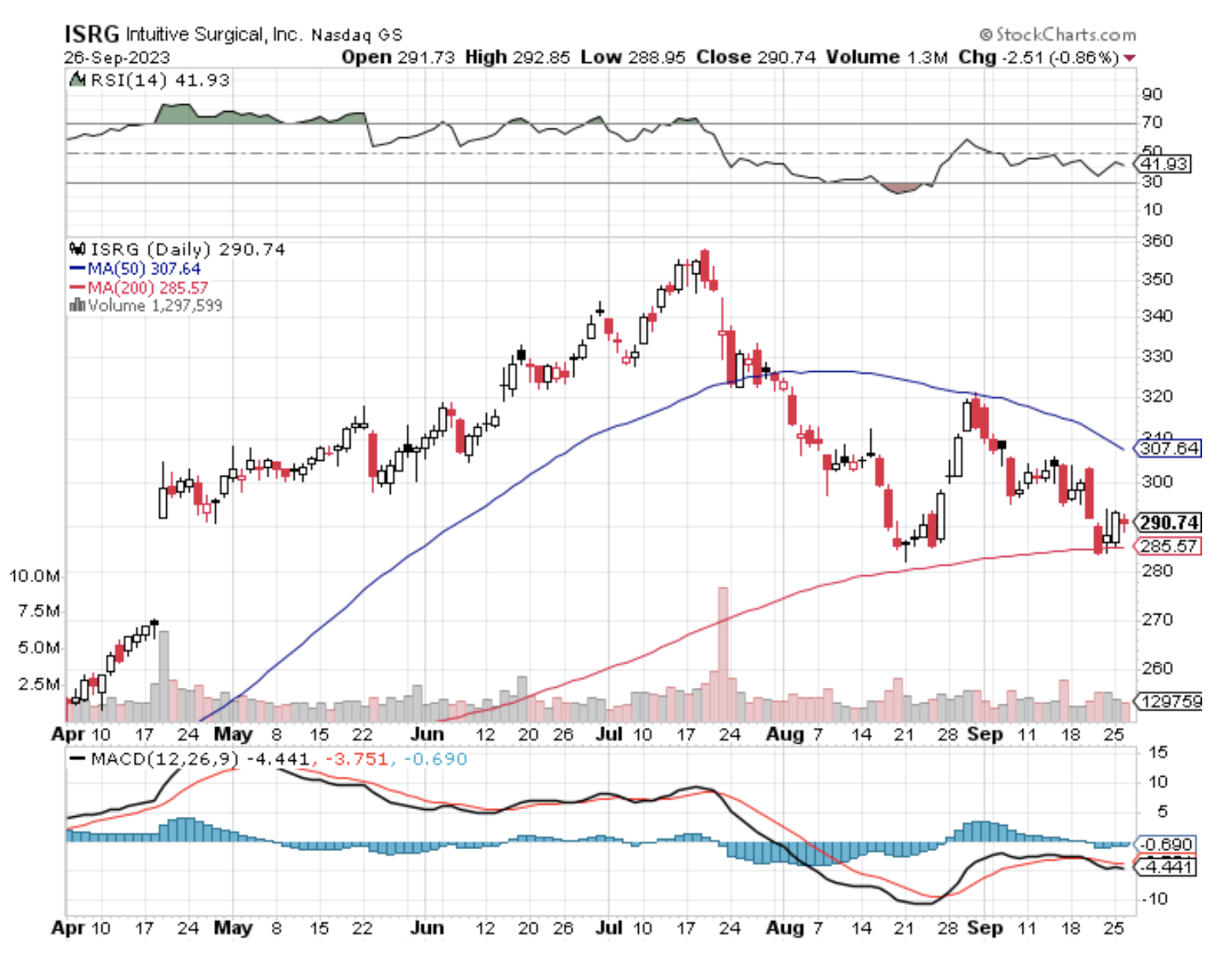
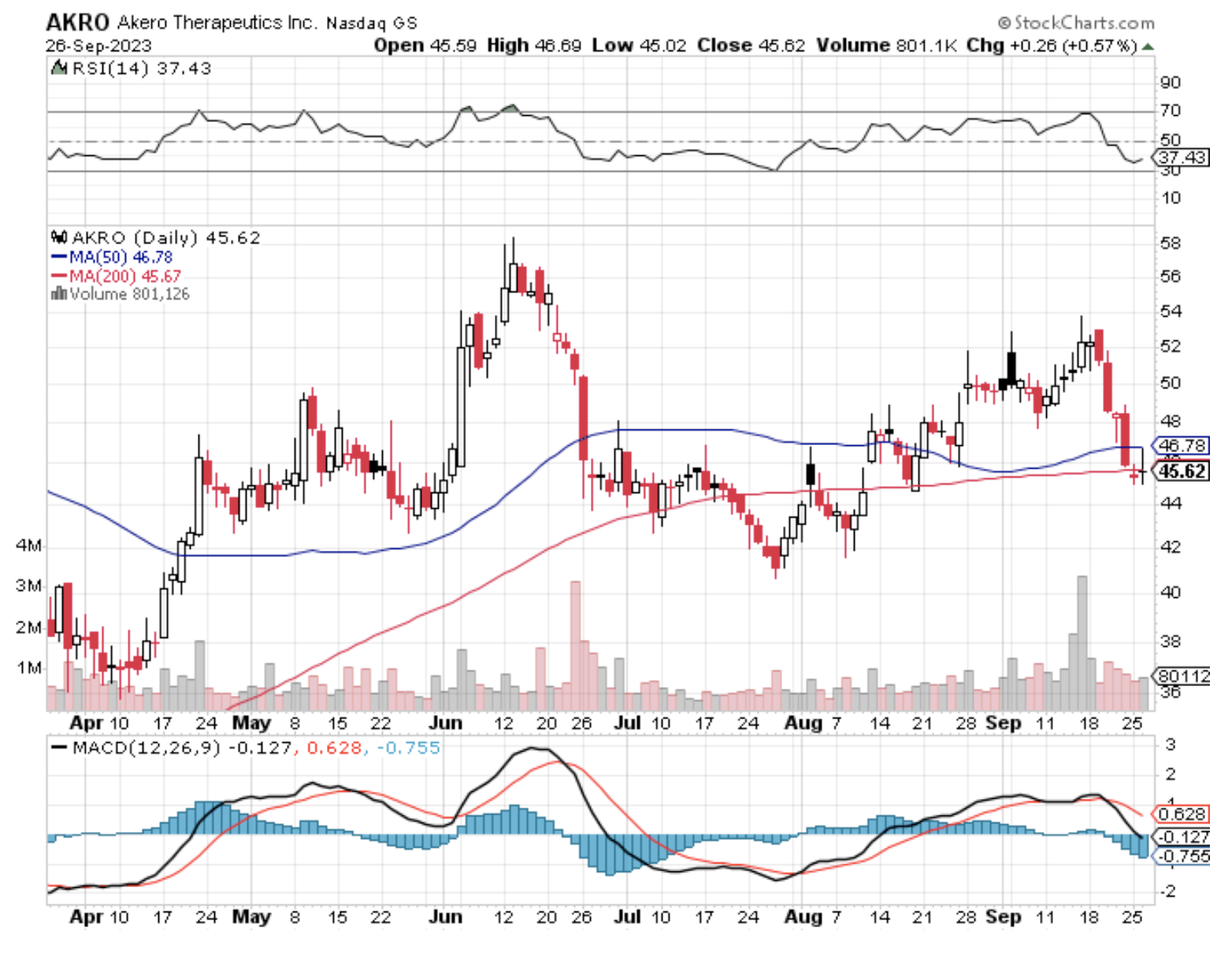

Legal Disclaimer
There is a very high degree of risk involved in trading. Past results are not indicative of future returns. MadHedgeFundTrader.com and all individuals affiliated with this site assume no responsibilities for your trading and investment results. The indicators, strategies, columns, articles and all other features are for educational purposes only and should not be construed as investment advice. Information for futures trading observations are obtained from sources believed to be reliable, but we do not warrant its completeness or accuracy, or warrant any results from the use of the information. Your use of the trading observations is entirely at your own risk and it is your sole responsibility to evaluate the accuracy, completeness and usefulness of the information. You must assess the risk of any trade with your broker and make your own independent decisions regarding any securities mentioned herein. Affiliates of MadHedgeFundTrader.com may have a position or effect transactions in the securities described herein (or options thereon) and/or otherwise employ trading strategies that may be consistent or inconsistent with the provided strategies.
This site uses cookies. By continuing to browse the site, you are agreeing to our use of cookies.
OKLearn moreWe may request cookies to be set on your device. We use cookies to let us know when you visit our websites, how you interact with us, to enrich your user experience, and to customize your relationship with our website.
Click on the different category headings to find out more. You can also change some of your preferences. Note that blocking some types of cookies may impact your experience on our websites and the services we are able to offer.
These cookies are strictly necessary to provide you with services available through our website and to use some of its features.
Because these cookies are strictly necessary to deliver the website, refuseing them will have impact how our site functions. You always can block or delete cookies by changing your browser settings and force blocking all cookies on this website. But this will always prompt you to accept/refuse cookies when revisiting our site.
We fully respect if you want to refuse cookies but to avoid asking you again and again kindly allow us to store a cookie for that. You are free to opt out any time or opt in for other cookies to get a better experience. If you refuse cookies we will remove all set cookies in our domain.
We provide you with a list of stored cookies on your computer in our domain so you can check what we stored. Due to security reasons we are not able to show or modify cookies from other domains. You can check these in your browser security settings.
These cookies collect information that is used either in aggregate form to help us understand how our website is being used or how effective our marketing campaigns are, or to help us customize our website and application for you in order to enhance your experience.
If you do not want that we track your visist to our site you can disable tracking in your browser here:
We also use different external services like Google Webfonts, Google Maps, and external Video providers. Since these providers may collect personal data like your IP address we allow you to block them here. Please be aware that this might heavily reduce the functionality and appearance of our site. Changes will take effect once you reload the page.
Google Webfont Settings:
Google Map Settings:
Vimeo and Youtube video embeds:
